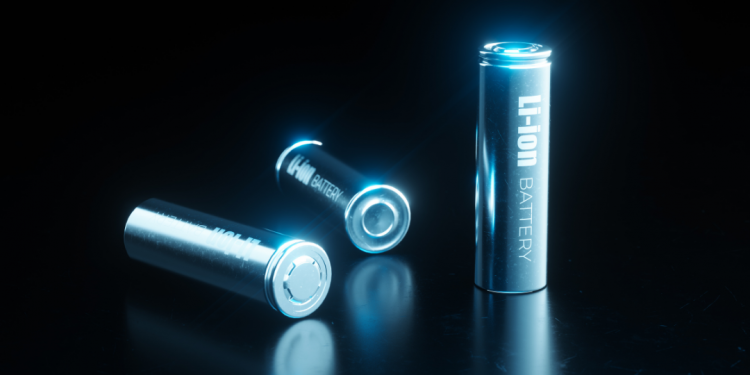Advanced Power ROI: Efficiency

Embracing lithium-ion batteries delivers maximum efficiency.
When companies consider their next battery options for material handling equipment, they often default to traditional lead acid models for one big reason: the cost of entry. But while on the surface lithium-ion (Li-ion) batteries cost more to purchase, they deliver a rapid return on investment in many regards. Efficiency is one, and it’s worth exploring why to better understand the cost benefits.
The efficiency of li-ion batteries begins with the charging. A traditional lead-acid battery has a higher internal impedance and gets hot while charging. If an operator mistakenly opens it up for topping up the electrolyte level with water at this moment, the battery can burst. A Li-ion battery, on the other hand, won’t heat up during charging, and that is how it’s using less electricity, to the tune of 30 percent less. You’ll generate fewer carbon emissions, but you’ll also reduce your electricity bills on a monthly and annual basis, which can add up to substantial savings.
If you’re using li-ion batteries to power your lift trucks, you might hear your operators talking about how much smoother the ride is, and how the trucks simply “drive better”. While they may appreciate the improved handling, they probably don’t realize that what they’re experiencing is a more efficient output of power. Traditional lead acid batteries tend to lose voltage with every percent of discharge, resulting in the power steadily decreasing as the state of charge goes down. Li-ion batteries, on the other hand, keep up steady voltage and power output throughout the full shift.
A Li-ion battery is more efficient with power recuperation from lowering loads from a rack. It does not happen with lead acid.
The exact number of warranted cycles depends on the chemistry and make of a lithium cell, but any Li-ion battery delivers far more cycles than lead-acid batteries. Until the battery degrades, a typical lead acid model will operate somewhere between 1200 and 1500 cycles. Lithium-ion batteries generally begin at 3,000 cycles and go up from there, the years of use depending on how much you’re using them daily. Usually, it amounts to a lifespan of five to seven years, which is two to three times what you can expect from a lead-acid battery life cycle.
Charging Li-ion batteries is also more efficient, not just from a time standpoint, but from a convenience standpoint. Operations don’t need special charging rooms or cranes for swapping the battery as is the case with lead-acid batteries. For Li-ion batteries, charging involves simply pulling up to a charger and plugging it in. A single-battery operation lowers the cost of charging, and lithium batteries make it possible even for power-hungry applications.
Finally, modern li-ion batteries come equipped with a far more advanced battery management system—the brain of the battery. These systems optimize the charging, provide important analytics, and provide data for effective fleet management. In every aspect, li-ion delivers ROI via efficiency.
For more information about the Advanced Energy Council: www.mhi.org/aec
For further articles from the Advanced Energy Council:



